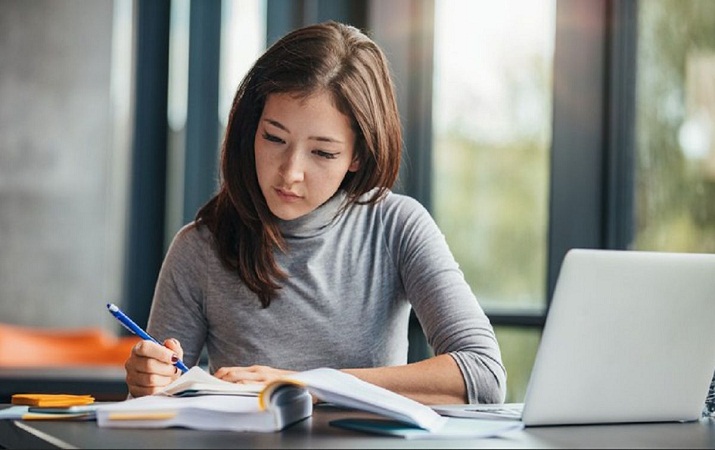India’s education situation paints a gloomy picture across levels from elementary to high, with more people not going to school, and those making it past primary education struggling to rise higher. The proportion of people who never even entered the education system has risen in recent years, according to a government report. “The proportion of students that never stepped in the country’s education system has risen in the recent findings of survey (NSS 75th round), which draws our attention to the ineffective/ declining efforts by government to enrol an individual in schooling and to keep him enrolled in the system,” CARE Ratings said in a recent note.
The number of individuals who pursue higher education is even more disappointing. About 1 in every ten Indians complete their graduation degree. It goes without saying that the numbers dwindle further for post-graduate and research-based degrees like M.Phil and PhD. “Nearly 11% Indians hold a graduation degree. Of this, in rural areas the numbers was staggeringly low at 6%, while in urban areas it was higher at 22%,” the report said.
While India’s latest literacy rate stands at 78%, education scenario in the country is still at a very poor stage and there is a lot of scope for improvement. In rural areas, about 70% of the individuals aged 15 years and above could not complete their secondary education, i.e, 10th standard and above, and in urban areas, about 40% of individuals were not able to secure the same education level, according to the latest data by the National Statistical Office (NSO). The onus is more on the state government to improve this rate, the report added.
Education is a costly affair and not many can afford
The high cost of education is a major cause for many Indians to not pursue education, especially for the weaker classes. “This directly could potentially act as a deterrent for economically weaker sections to continue being enrolled in schools. For this, government intervention needs to come in at the right levels for drop outs to reduce,” CARE Ratings said.
“About 51% of education expense is incurred on tuition fee, while private coaching accounts for a significant 12% of the total education expense… Growing expenses on private coaching also acts as an obstruction to continue studies,” NSO study showed. Add to that miscellaneous other expenses such as books, stationery and uniform which amounts to another 20% of the total education expense. “This can be reduced if government provides financial support by providing such essentials at free/subsidised rates to students,” CARE Ratings said.
Meanwhile, students of one of India’s premier educational institutions Jawaharlal Nehru University have been protesting against recent fees hike announcement by the university. While the students have been arguing that education must be accessible to all, critics are also in abundance who have been harping on how taxpayers’ money must be utilised for better purposes.
Courtesy: Financial Express








